The tariff threats from US President Donald Trump seemed to have some sort of impact on India’s 2025-2026 Union Budget. On Saturday, Finance Minister Nirmala Sitharaman tabled her 8th consecutive budget, creating a history of its own kind. During the speech, Sitharaman mentioned that India continues to remain the fastest-growing economy in comparison to all major economies in the world.
One of the significant aspects of the budget was that it proposed measures that were focused on making the Indian economy robust amid uncertainties that are playing out around the world. After winning the 2024 US presidential elections, Trump has been threatening tariffs on several nations and international blocs.
Trump has often threatened high tariffs against BRICS nations, which also comprise India. New Delhi has been trying to preemptively lower tariffs on goods to save itself from Trump’s threats. When asked whether Trump’s warnings had any impact on the budget especially the drastic changes in income tax slabs, Sitharaman made it clear that the voices of the people were the budget’s priority.
“We responded to the voice of the people, and therefore, we have given this (income tax relief),” Sitharaman replied. Despite her dismissal, the word “tariff” was mentioned 64 times in her speech. If we compare it to her July budget speech, the word was mentioned only 10 times. However, it would be wrong to assess this theory by just accounting for the number of times the word was mentioned in both budgets. The 2025 budget can also be seen as paving the path for India to cope with possible global challenges.
Export Promotion Mission
In the 2025 Budget, Sitharaman proposed the Export Promotion Mission, which will be jointly driven by the Ministries of Commerce, MSME, and Finance. The initiative aims to provide easy access to export credit, cross-border factoring support, and support to MSMEs to tackle non-tariff measures in overseas markets.
The mission will not only provide support to the manufacturing sector but will also give them incentives to expand their presence in the international market. “Support will be provided to develop domestic manufacturing capacities for our economy’s integration with global supply chains. Sectors will be identified based on objective criteria,” Sitharaman said.
“Facilitation groups with the participation of senior officers and industry representatives will be formed for select products and supply chains,” she added. This protects the manufacturers in case they struggle to sell their goods abroad. This also enables India to diversify its supply chains.
Easing custom tariffs
As a part of the comprehensive review of the Customs rate structure which was announced in the July 2024 Budget, Sitharaman proposed the removal of seven tariff rates. “After this, there will be only eight remaining tariff rates including the ‘zero’ rate,” she said.
Trump has often complained that India’s import tariffs are extremely high. Before meeting Prime Minister Narendra Modi in 2019, Trump complained about the high import tariffs on the iconic Harley-Davidson motorcycles.
“We’re not the foolish country that does so badly. You look at India, a very good friend of mine, Prime Minister (Narendra) Modi, you take a look at what they’ve done, 100 per cent tax on a motorcycle. We charge them nothing,” he said.
Even last year, when Trump was running for office, he reiterated his stance on the matter. “The other thing I want to have is a matching tax where, if India charges us – India is very big with tariffs. I mean, I saw it with Harley-Davidson. I was saying, how do you do in a place like India? Oh, no, good sir. Why? They have 100 per cent and 150 per cent and 200 per cent tariffs,” the president told Fox News. Hence, India would like to avoid such situation.
Navigating through the H1-B crisis
While Trump said that his administration is not looking to deport skilled, legal workers, his supporters have called for imposing curbs on the issuance of H1-B visas. If that situation occurs, the Union Budget gives ways to absorb people affected by it. The budget called for the expansion of Domestic hiring models to mitigate the negative impacts of such limitations.
Meanwhile, if Trump’s policies force Indian firms to seek new markets, the government also plans to provide tax relief and incentives for companies who are looking to expand operations both locally and internationally.
Other ways India plans to navigate the Trump-era
On Thursday, Trump reiterated his warning to impose tariffs against BRICS nations if they move forward with their dream to de-dollarise. Amid these warnings, the Ministry of External Affairs announced on Friday, that Prime Minister Modi will be travelling to the United States this month, where he will hold talks with Trump.
Earlier this month, it was reported that India is already willing to offer more incentives, such as tax cuts and land access to American companies. Not only this but in recent years, India has put a special focus on developing the semiconductors and electronics sectors.
The sectors New Delhi will largely focus on in this regard include, components for mobile phone assembly such as printed circuit board assembly, parts of camera modules, and USB cables, Reuters reported.


)
)
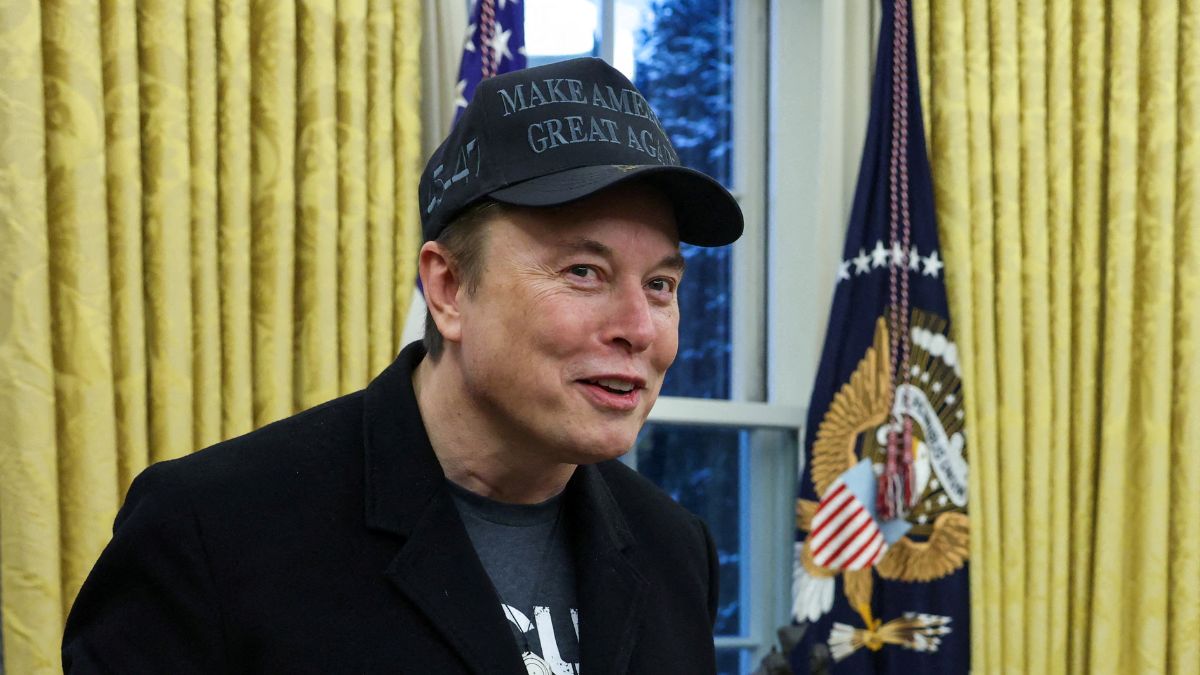)
)
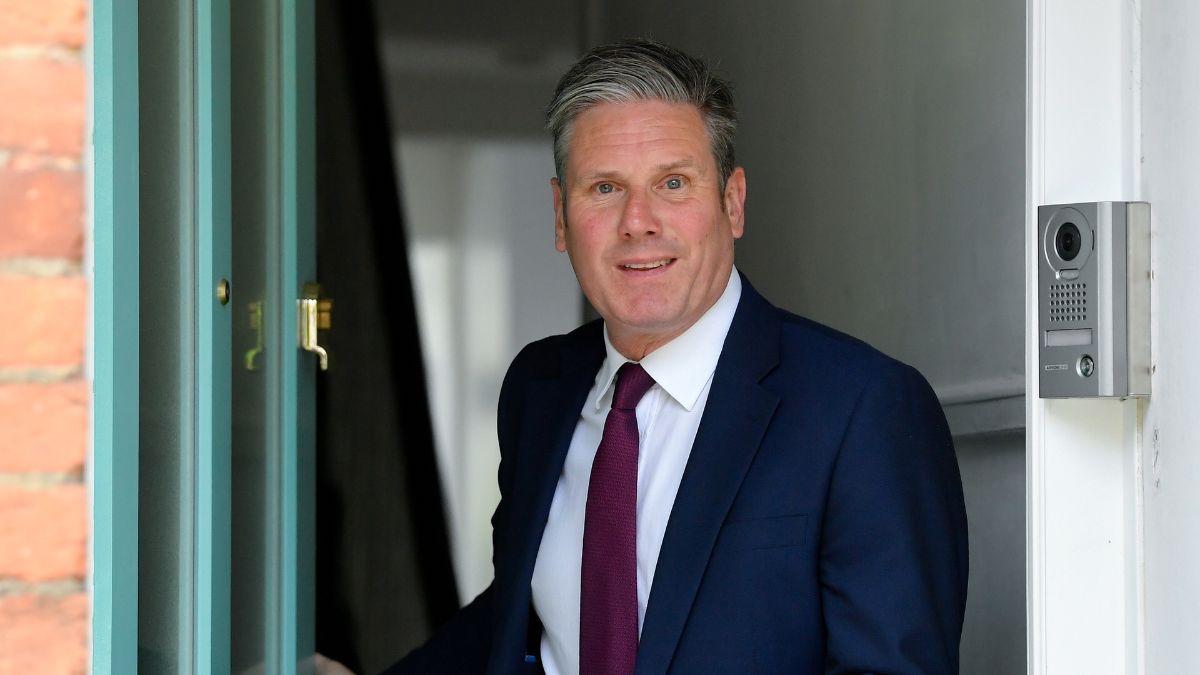)
)
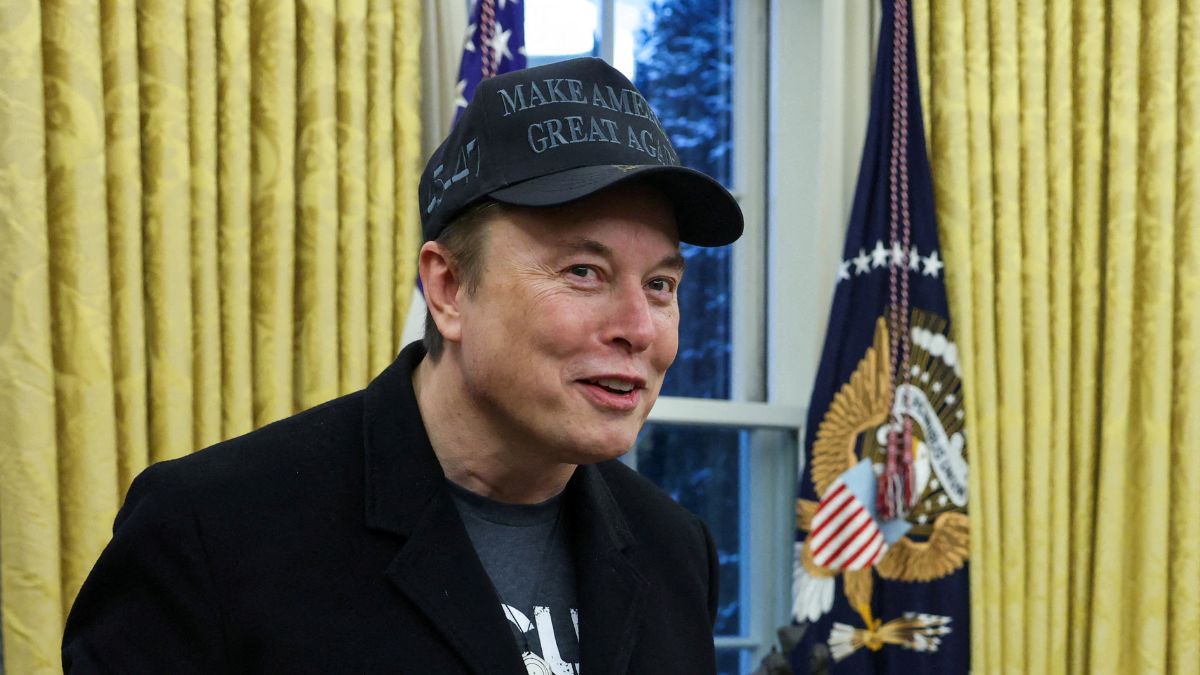)
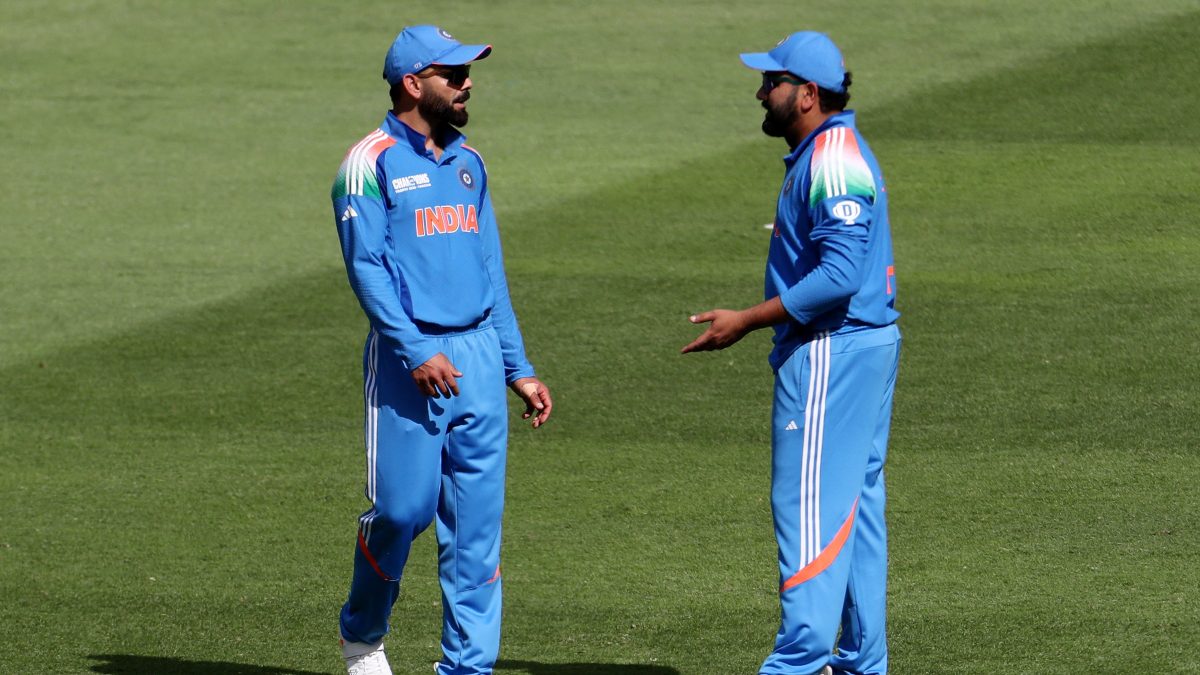)
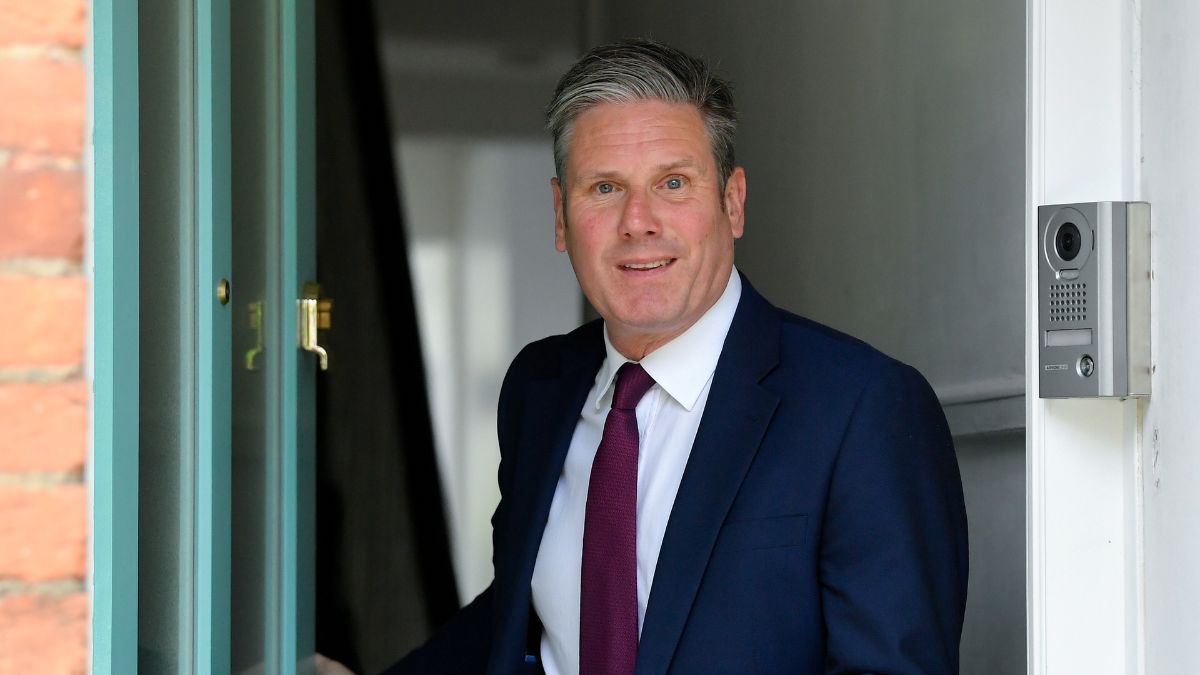)



